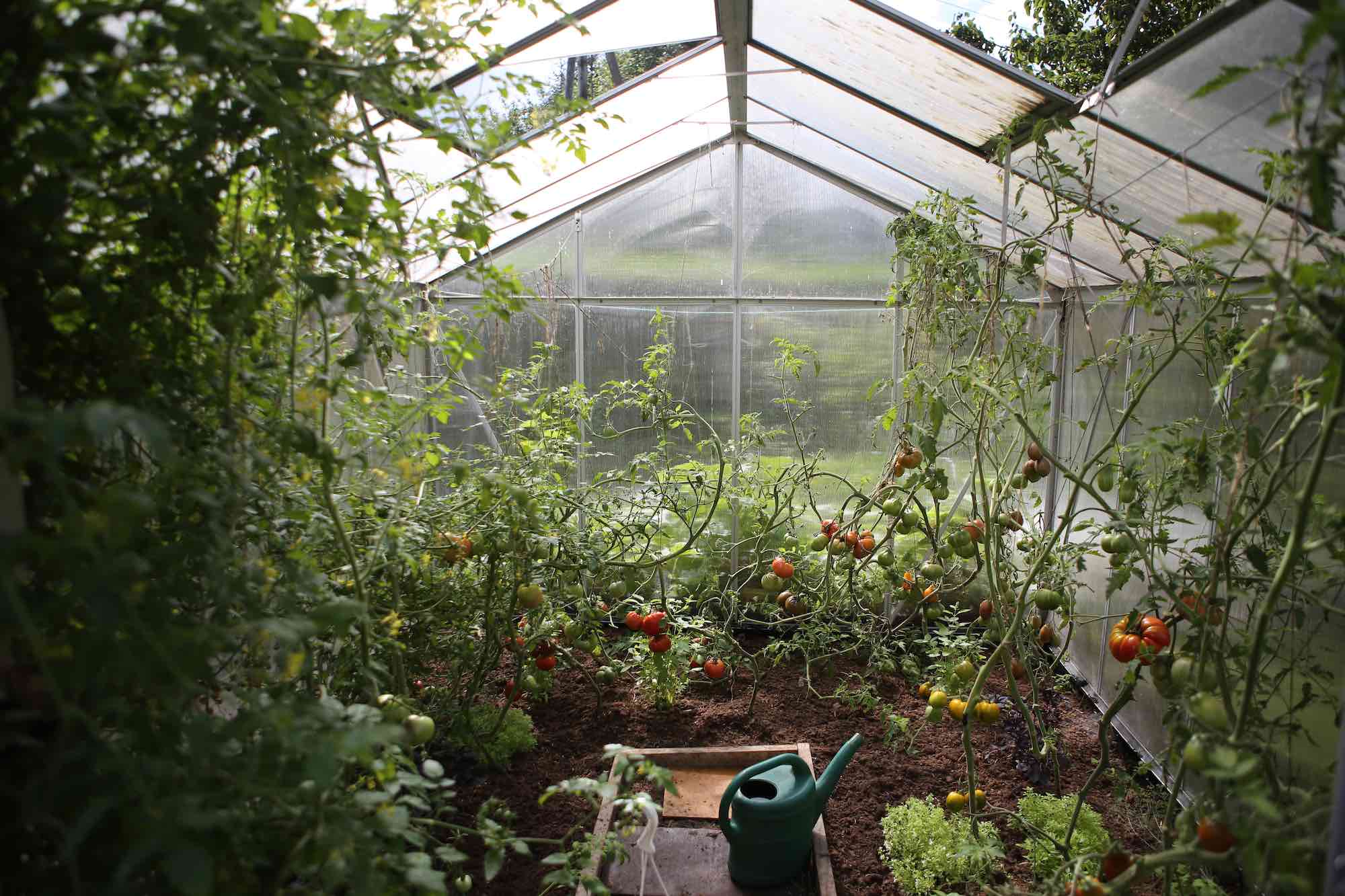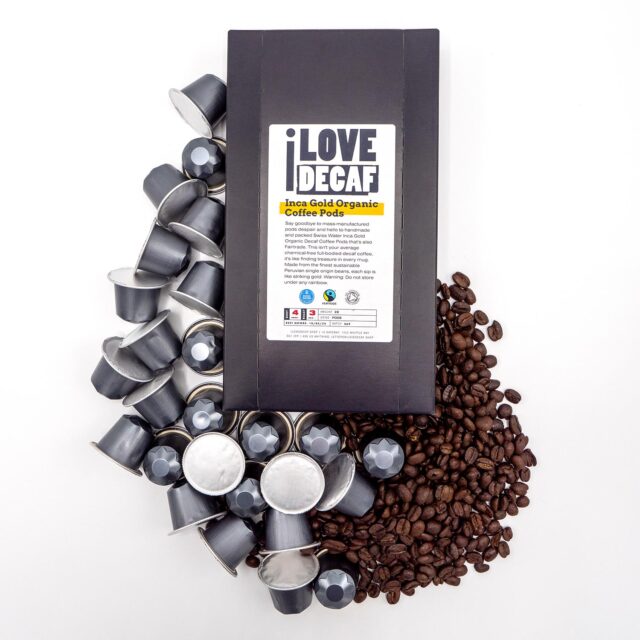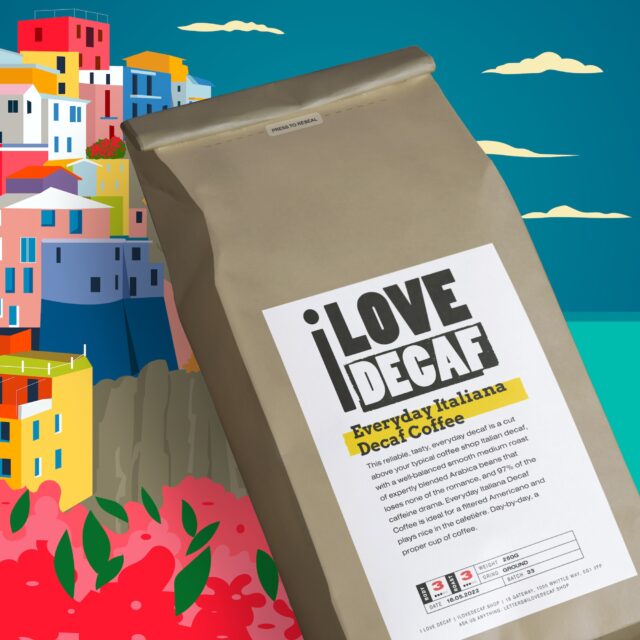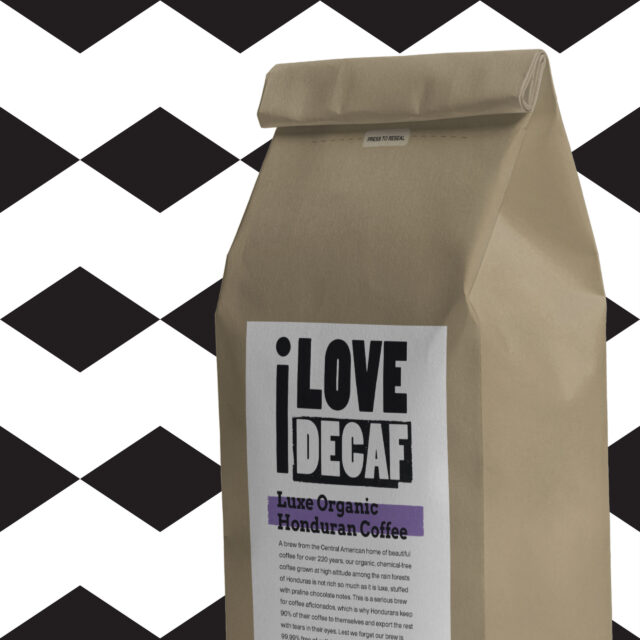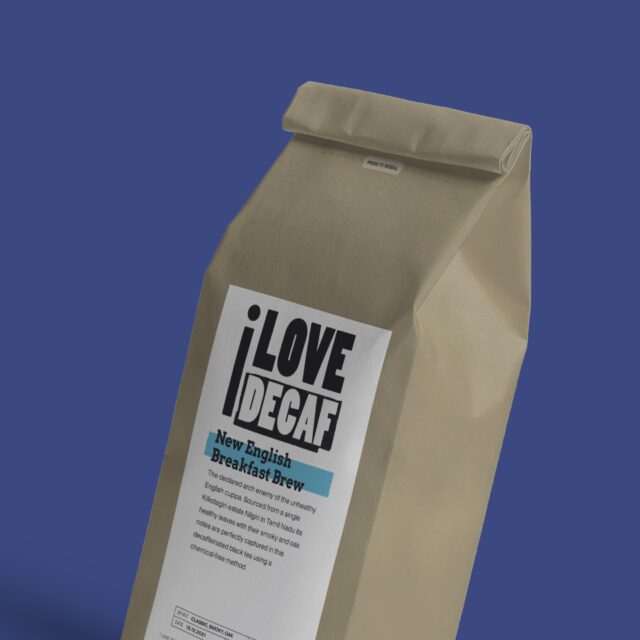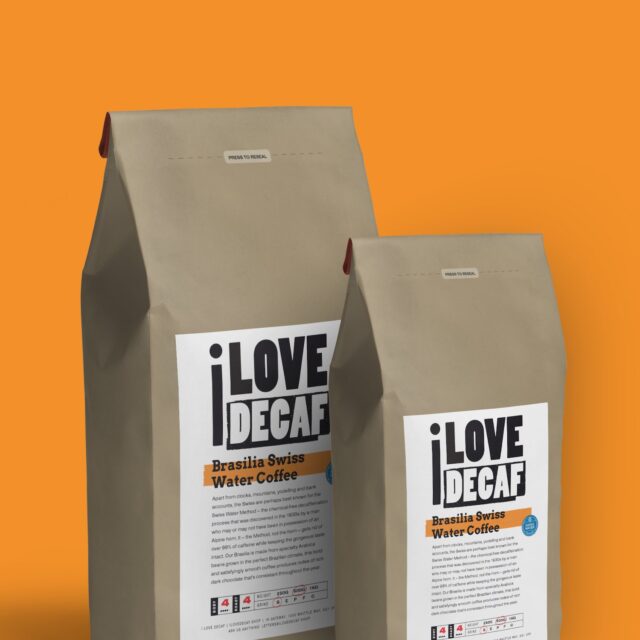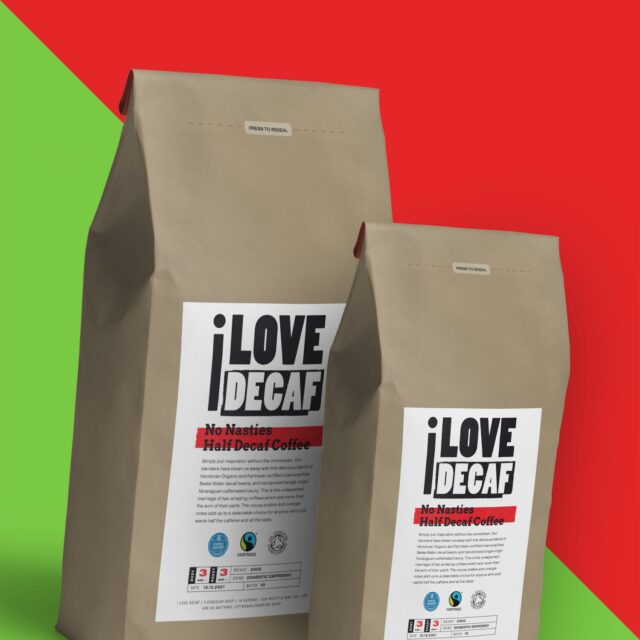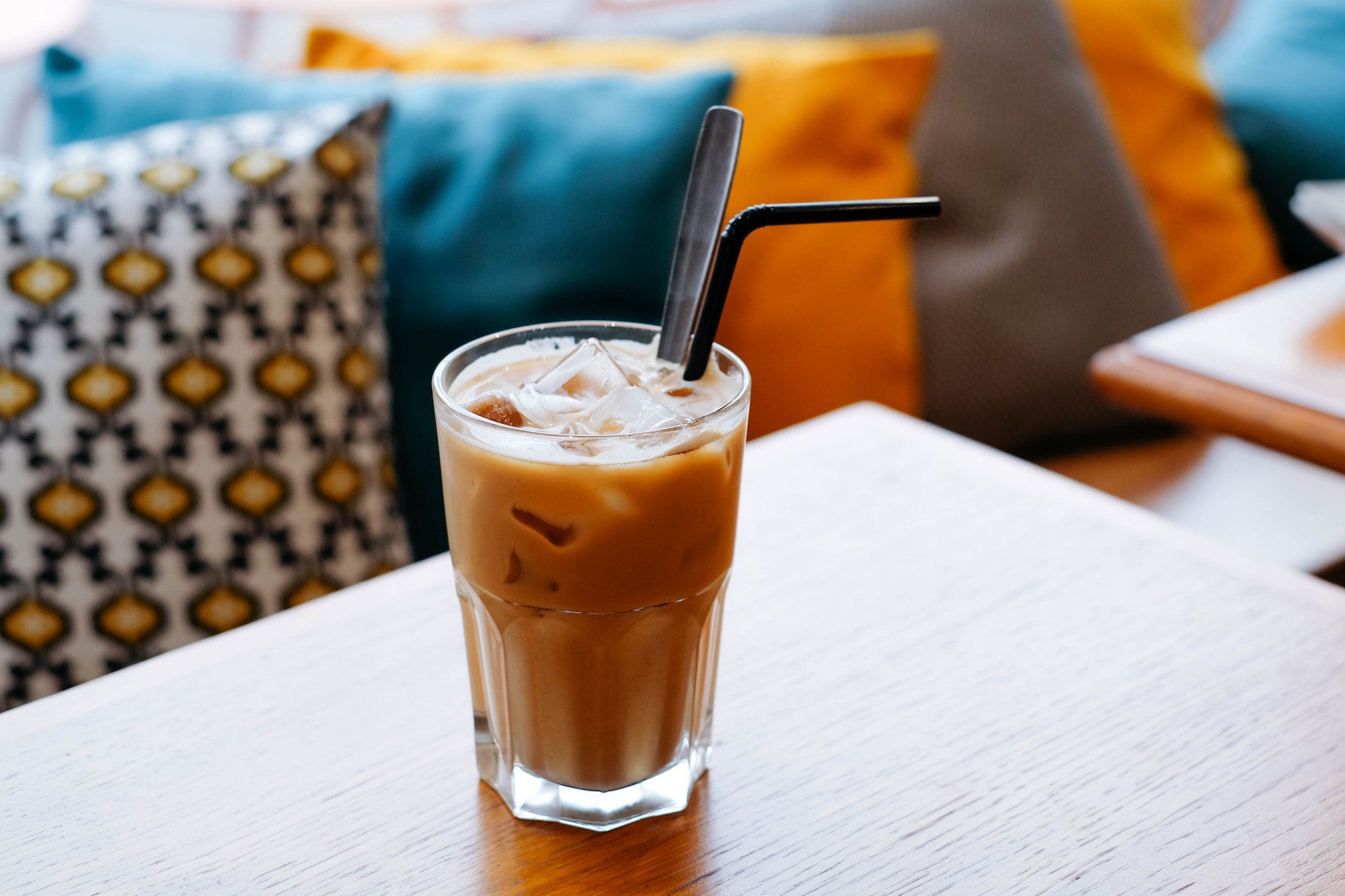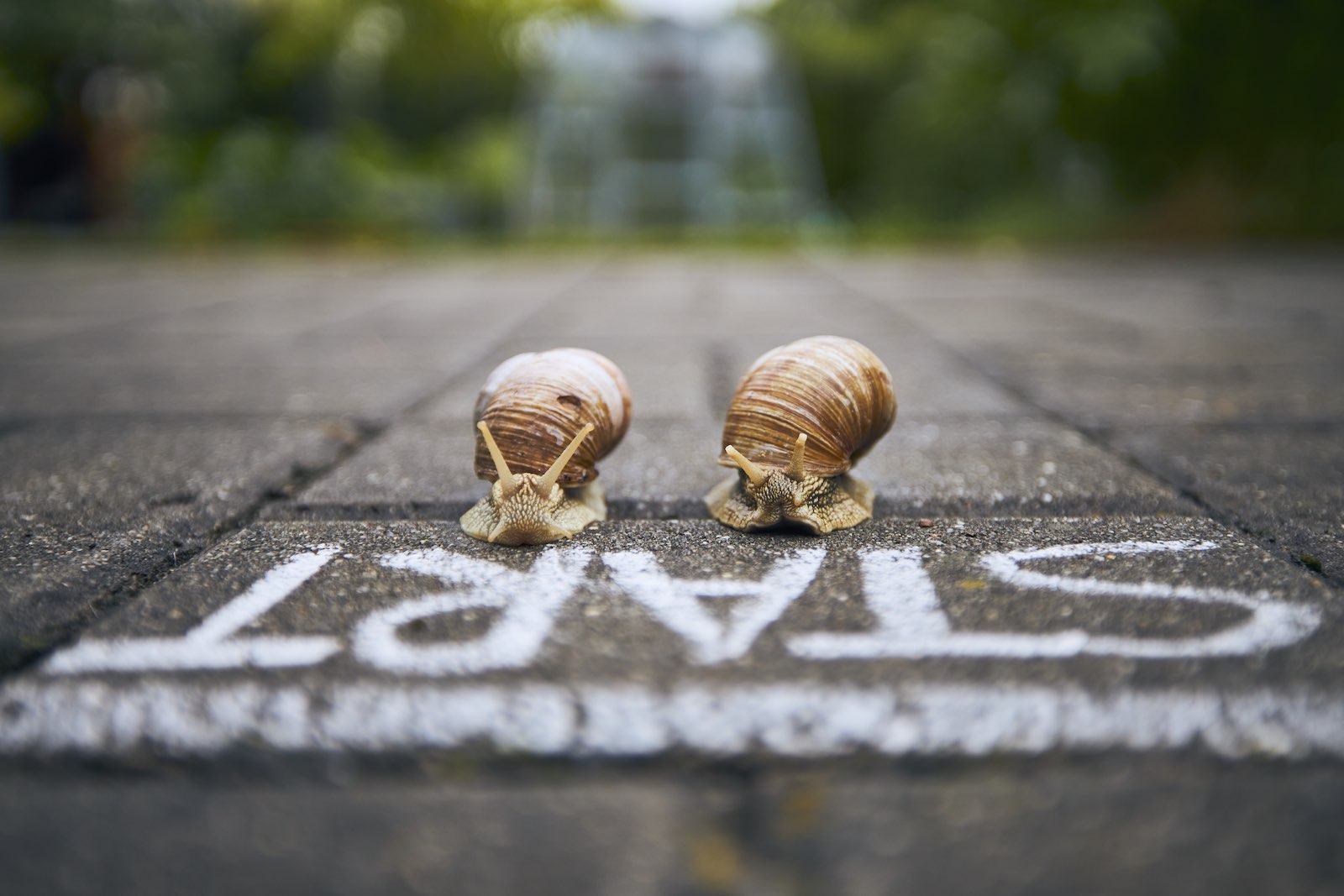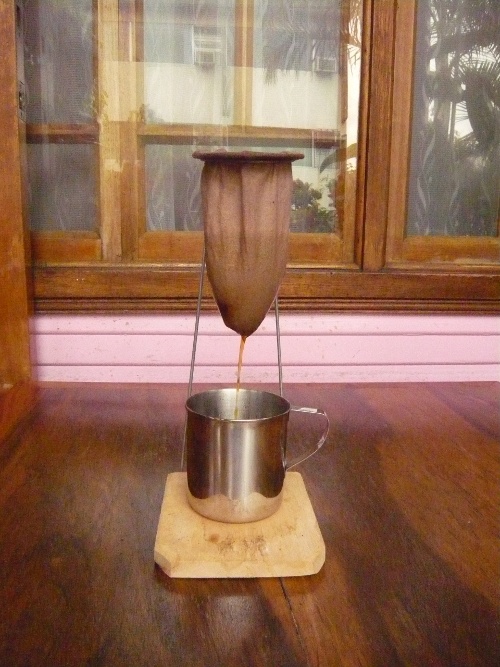If you’re like most people, you probably throw away coffee grounds after each cup or every pot. It is smarter, after all, than your natural inclination, which is to throw it down the sink.
But did you know that you can use those grounds to improve your life in a number of ways? Here is our top ten of the best:
1. Use them as an organic fertiliser.
Coffee is a good plant food because it’s high in nitrogen and provides a boost to the growth of plants. Add some ground coffee to your soil before planting your plants and watch them grow more vigorously than usual.
2. Clean your windows with coffee grounds.
Not only does this get rid of dirt and dust, but the grounds also have a cleaning effect on glass. Simply sprinkle some of those grounds on a cloth and wipe the glass clean.
3. Make natural ant-infestation killers with coffee grounds.
Coffee is a natural flea killer, and its acidic properties help deter ants from establishing colonies. Just place some ground coffee inside small bowls or cups and place them near areas where ants are active.
4. Add grounds to your compost.
Coffee grounds are high in nitrogen and electrolytes, which help promote microbial growth in compostable materials.
5. Use your coffee grounds as mulch.
Back out in the garden with summers getting hotter and drier, a layer of mulch in your flower or vegetable beds saves what water you can use in the garden from evaporating away. Coffee grounds are an excellent mulch and full of nutrients as well.
6. Use the decaf grounds to scrub pots and pans.
Coffee Grounds work well as a scrubber because they are abrasive and have a ridged texture.
7. Keep your path clear of snow.
Coffee grounds can be spread on icy paths and pavements, melting the ice and snow. The gritty texture of the grounds will also guard against slipping up by providing some traction. Coffee’s chemical make-up will prevent it from freezing in a similar way to road grit.
8. Getting rid of nasty smells.
Coffee grounds work as well as baking soda to get rid of pongs in your fridge. The same nitrogen that is good for your garden soil has an ability to absorb the foul smell of sulphur, among other dodgy scents.
9. As an exfoliant you will never see in a TV advert for £150 face-cream.
Coffee grounds are similar to sand in texture and can be used as a natural skin scrubber. You can use them directly on your skin as an exfoliant and to clean clogged pores or make them into a loose exfoliating bar with water. Because you’re worth it.
10. As a kitchen condiment.
Coffee could be considered as a staple for most kitchens, but it also has a number of culinary applications, including in cooking. For instance, coffee grounds are often used as a smoky topping for meats like brisket or steak. Coffee grounds are also required ingredients for barbecue sauces and for rubbing meat. What is more, coffee is acidic, which tenderizes meat and breaks down nutrients.

